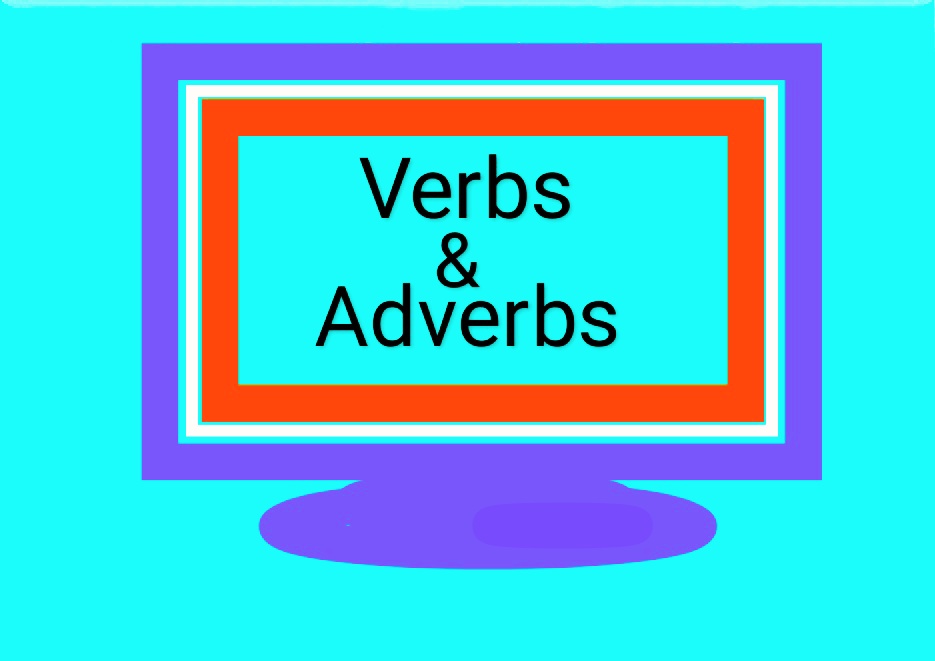The Difference Between Verb And Adverb

What Is A Verb?
A verb is a part of speech that refers to a single action. In a sentence, usually a verb subject talks about the action performed. A verb can express a physical action, a mental action as well as a state of being. Let us understand these usages with some examples below.- She ran to the bus stand.
- They ate bread with cheese.
- Zara thought about the pros and cons of the situation.
- They consider your arrival a disgrace to the family.
- She was happy now.
- Rover is the best cat in the whole county.
Types of Verbs
Verbs generally fall into three categories. The first category has two subcategories, so sometimes people divide verbs into four groups, but the number of categories is not really important. Schoolhouse Rock did it right.Three is a magic number:
- Action verbs, (a. Transitive b. Intransitive)
- Helping verbs
- Linking verbs
What Is An Adverbs?
If you're wondering, what is an adverb?, it's simple. Adverbs are words that describe (or modify, to use fancy grammar terms) verbs, adjectives, or other adverbs. Adverbs give us more information about how something is being done or that something is true. Adverbs often end in -ly, but there are common adverbs that do not end in -ly (such as very, fast, well, and more). There are also words that end in -ly but are not adverbs (such as lovely, friend, and family).On the other hand, an adverb is a part of speech that describes a verb. Knowing the position of adverbs is very important in English grammar. Look at the two sentences below.
- Alexander comes fast.
- Angela sings beautifully.
In both the sentences, you can find that the words 'fast' and 'beautifully' are used as adverbs describing the verbs 'comes' and 'sings' respectively. In both cases, you can see that the adverbs describe the action. This is the primary duty of adverbs. It is interesting to note that adverbs initially end with the letter 'y'. Of course, this is a general rule. However, there are several adverbs in the English language that don't end with the letter 'y'.
Adverbs ending with the letter 'y' are faithfully, nicely, quickly, carefully and the like. Fast, good, slow, now and similar adverbs must not end with the letter 'y'. This is an important observation for the study of an adverb.
Types of Adverbs
There are different types of adverbs. We can sort adverbs into loose categories, based on what kind of information they are giving us. Adverbs can tell more about how something is bing done, when it is happening, how often it is happening, where it is happening, and the truth of something.Let's take a closer look at each of these types of adverbs below.
The Main Difference Between Verb And Adverb
From the above examples, we can analyze that the main difference is that the verb is used to describe an action or activity, while the adverb is used to describe the state of that activity, i.e. how that action was done.- I ran to catch the ball. In this the word ran is describes an action.
- I ran fast to catch the ball. Here the word ran as an adverb is defining the state of action.














No comments:
Post a Comment